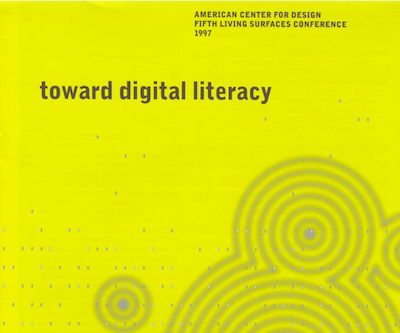Sandra Gonzāles and
the Power of No!
Written by Erin Malone
When I saw Sandra Gonzālez present her story during a recent conference (Sandra’s video is titled Leadership, Empathy and Post Traumatic Growth), I was so moved, I immediately messaged her asking if I could interview her for the book. In her talk, she speaks about post-traumatic growth, and she shared a series of life experiences that have formed her life and career and led her to create the UX for Change organization.
Gonzālez emigrated with her family from Colombia to Florida when she was 14 during some of the most violent times in Colombia’s history. She originally wanted to study music but she was steered towards a more stable degree in math and science. She studied computer engineering and minored in education and mathematics at the University of Florida.
Interested in education technology, upon graduation Gonzālez began working at Scholastic in New York as a producer and website developer. “My first job out of college was working for Scholastic in New York City coming up with games for children to learn about the books. And it was right around the Harry Potter hype and Captain Underpants; all these big names and brands. I would brainstorm ideas. And interestingly enough, I was already doing some experience design. I didn’t know that I was doing experience design, but I was thinking about how children would think about reading this book. What would entice them? What type of experience would they have online for them to go offline but it was almost in the background, not really knowing that I was doing some sort of interaction design as I was going with it.”[1]
Gonzālez changed roles to do front end development despite how interested she was in creating these experiences. “My boss was so racist at the time, I loved the company, but I couldn’t stand that person. And I said to myself, you know what, I’m just going to go into front end development because I just can’t do this. And that gave me a bit of a detour from my interaction design potential future.”[2]
When she left, Gonzālez returned to Florida and taught high school math for about a year, but the lure of technology and user experience was strong, so she traded her lesson plans for a program manager role at Microsoft working on their search engine Bing. She designed multiple features for the service as well as program managed three cross-functional teams that included designers, developers, and QA.
“When I ended up in Microsoft, I realized there was this field called User Experience. And the reason I realized it is because having been a front-end developer, I was really good at prototyping. So, I joined Microsoft as a product manager. And I became really close to the usability engineers and the UX researchers. And they kept asking me to come up with prototypes. And I asked them, ‘what is this that I’m doing?’ They told me, ‘That’s UX, that's interaction design.’ I said, ‘That’s what I want to be when I grow up.’ But when I went to the design team in Microsoft, and I said I want to be a UX designer. They told me ‘You’ll never be a designer.’”[3]
Gonzālez laughs when talking about this. “I don’t ever take no as an option. I knew I wanted to be a UX designer, and I was also in the middle of moving to Europe and having my second child. I’m in the middle of a huge life transition. So, to me, it was obvious to just come up with my own startup, that would position myself as a UX designer, working with mobile. I came up with my own mobile app where I would ask developers that work with children and parenting apps to let me evaluate their app in a heuristic way. And my daughter would test it, and then I would send them this heuristic report and feedback on their app. They would immediately make changes and their app will start getting more downloads because of the improvements. It’s been a bit of a very curvy road into UX design, but that’s how I got myself into the field.”[4]

After two years of doing her startup, Gonzālez moved to London. This was right at the beginning of the mobile sweep, and everyone was looking for mobile designers. Because of her app and experience assessing over 100 mobile applications, Gonzālez was able to leverage that expertise into a real user experience designer role. “One of the things that I’ve been good at, just like this mobile experience, is thinking about where I want to be in the future and how do I create my own opportunities? And that comes a lot from being an immigrant and trying to figure out how to not be stuck by the fact that I don’t have a degree in design or that I don’t have the right connections or the networks. So, I realized that leadership was my calling, design leadership was what I wanted to do next”[5]
In our conversation, Gonzālez refers to the next phase of her growth as predicated by a tragic moment, and in her talk, she relates that one day she received a call at work that turned her world upside down and called into question where she would live, whether or not her immigration status would be honored, or whether or not she would have to leave the UK. I didn’t press for specifics, but she relates that the non-profits in England were lifesavers, “they were amazing, and they really touched my heart.” This trauma and transformation of her life led her to establishing UX for Change.
“It’s such a hard choice to not be able to work in a nonprofit because looking at the reality, the financial reality, I just can’t work for a nonprofit, but I want to do something about helping them. UX for Change came from that kind of vision that I had, that I wanted to be a design leader and my thinking back then was, ‘Hey, if people follow me or let me guide them as volunteers, imagine what I can do if I was their manager and they got paid.’ But to be fair, that immediately launched me into more of a servant leader kind of track because of course my first leadership experience was the one I created for myself, getting people excited about helping nonprofits on a volunteer basis.”[6]
UX for Change is an organization that pairs up UX designers as volunteers with nonprofits. The nonprofits benefit from the design and research work for their projects—and designers get to do good work without sacrificing making a living. Many of their efforts have involved co-designing, hackathons, design sprint workshops, and open-source projects. Gonzālez founded the organization in 2015 and in the last several years, the group has expanded to Sydney, Los Angeles, Tampa, and New York. The organization is her way to give back and became the tool for her to move into design strategy and design leadership. “I completely accelerated my career through that.”[7]
Over the years, Gonzālez has evolved the organization so that it can be replicated in different cities, almost like a franchise model. She will share the brand assets and then coach people on how to make matches between designers and non-profits. She has also secured corporate sponsorship. “One of the things that’s really tricky is the amount of time I invest in it. How it’s going to grow. And I have been in tough spots where I have been close to closing it down. Because for a while, I felt like I didn’t have enough time to contribute to it. But every time I get to that point something miraculous happens <laugh> so if we fast forward a little bit from what it initially was and where it is right now, it’s becoming a bit more of a franchise.”[8]
Gonzālez is currently a product design director as well as an author, sharing her skills through an online training platform. Over the last few years, she has begun to make the rounds of product design conferences, sharing her story, her trauma, and her successes in the hopes that being vulnerable in her accounts will inspire others to take risks, make their own opportunities, and realize that their experiences are transferable. Gonzālez has made a career and a life out of rising to the challenges she faces including people telling her no, being an immigrant, and working in a field in a language that isn’t her own. “I get energized by people telling me that I can’t do something.” She calls it “her Latina magic[9]” and hopes that by sharing her story she inspires other underrepresented minorities in the field to find within themselves “their strength, their superpower, their Latinx magic, their Transgender magic, their Black magic”[10]
Footnotes:
[1]. Sandra Gonzalez, Interview with Sandra Gonzalez - Origin Stories, interview by Erin Malone, May 10, 2022.
[2]. Gonzalez, Interview
[3]. Gonzalez, Interview
[4]. Gonzalez, Interview
[5]. Gonzalez, Interview
[6]. Gonzalez, Interview
[7]. Gonzalez, Interview
[8]. Gonzalez, Interview
[9] The term Black magic, then applied to LatinX and Transgender was inspired by the book Sanders, C. (2012). Black Magic: What Black Leaders Learned from Trauma and Triumph (1st ed., Vol. 1). Simon & Schuster that Gonzālez had read previously.
[10]. Sandra Gonzālez, “Leadership, Empathy and Post Traumatic Growth,” Vimeo (Interaction Design Association, March 5, 2022), https://vimeo.com/showcase/9336062/video/685024243.
Bibliography
- Gonzales, Sandra. Interview with Sandra Gonzales - Origin Stories. Interview by Erin Malone, May 10, 2022.
- ———. “Leadership, Empathy and Post Traumatic Growth.” Vimeo. Interaction Design Association, March 5, 2022. https://vimeo.com/showcase/9336062/video/685024243.
- ———. “UX for Change Website.” UX for Change. Accessed May 23, 2022. https://www.ux4change.org/.
- Gonzales, Sandra . “Connecting the UX Community with Super Heroes | Sandra Gonzalez Talk Video.” www.youtube.com, July 19, 2018. https://www.youtube.com/watch?v=z7ztGBZaLBw.
Selected Stories
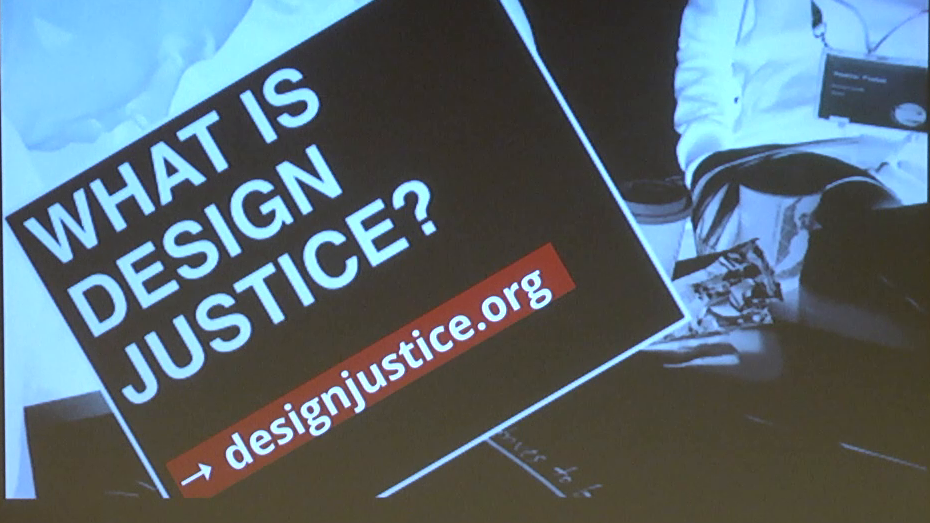
Sasha Costanza-ChockProject type
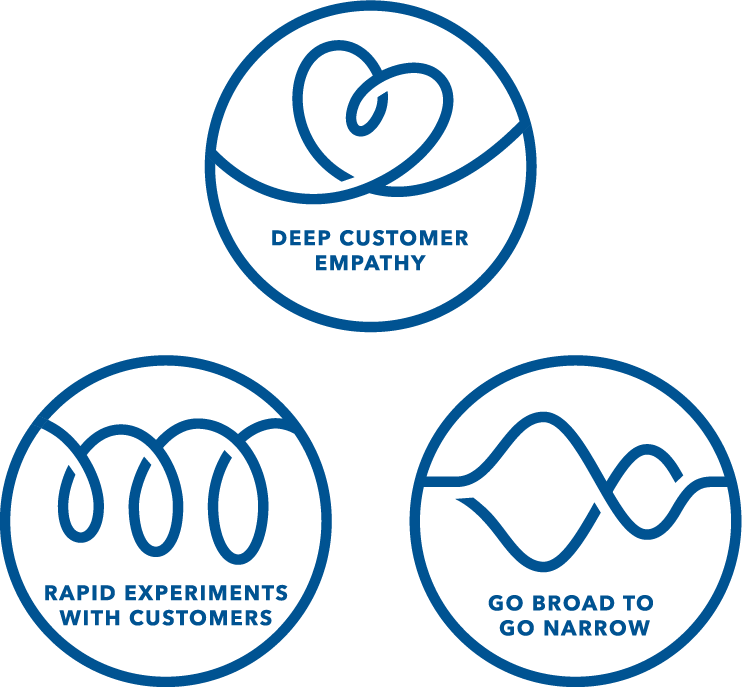
Kaaren HansonProject type
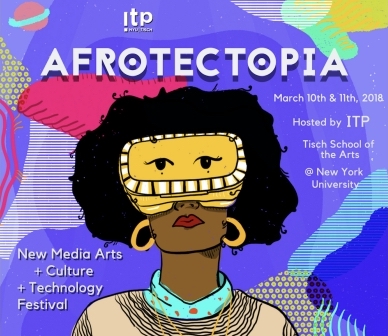
Ari MelencianoProject type

Mizuko Itoresearch
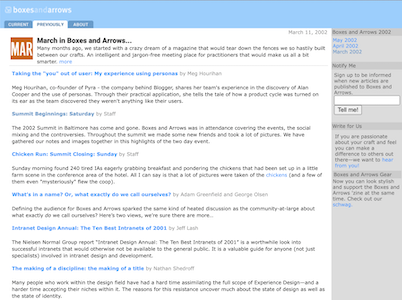
Boxes and ArrowsProject type

Mithula NaikCivic
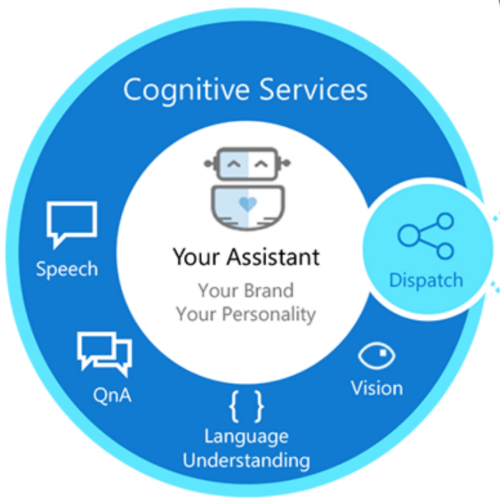
Lili ChengProject type

Ovetta SampsonProject type
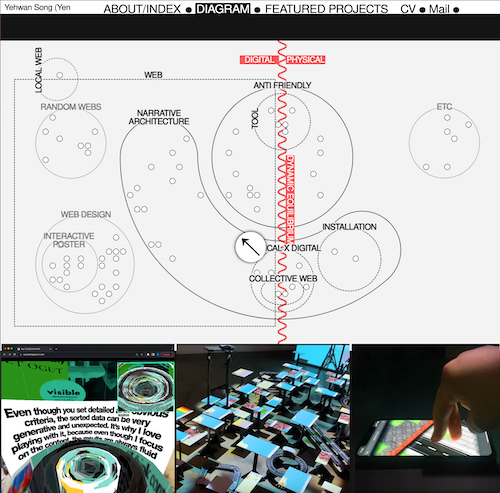
Yehwan SongProject type
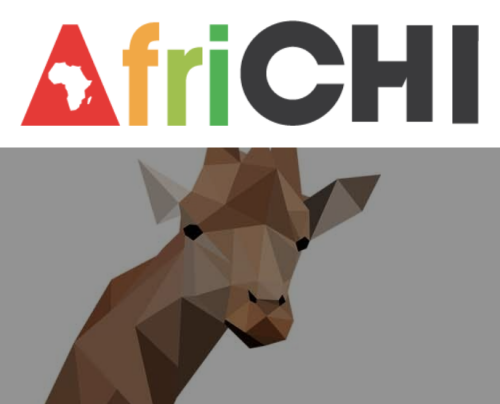
Anicia PetersProject type

Simona MaschiProject type
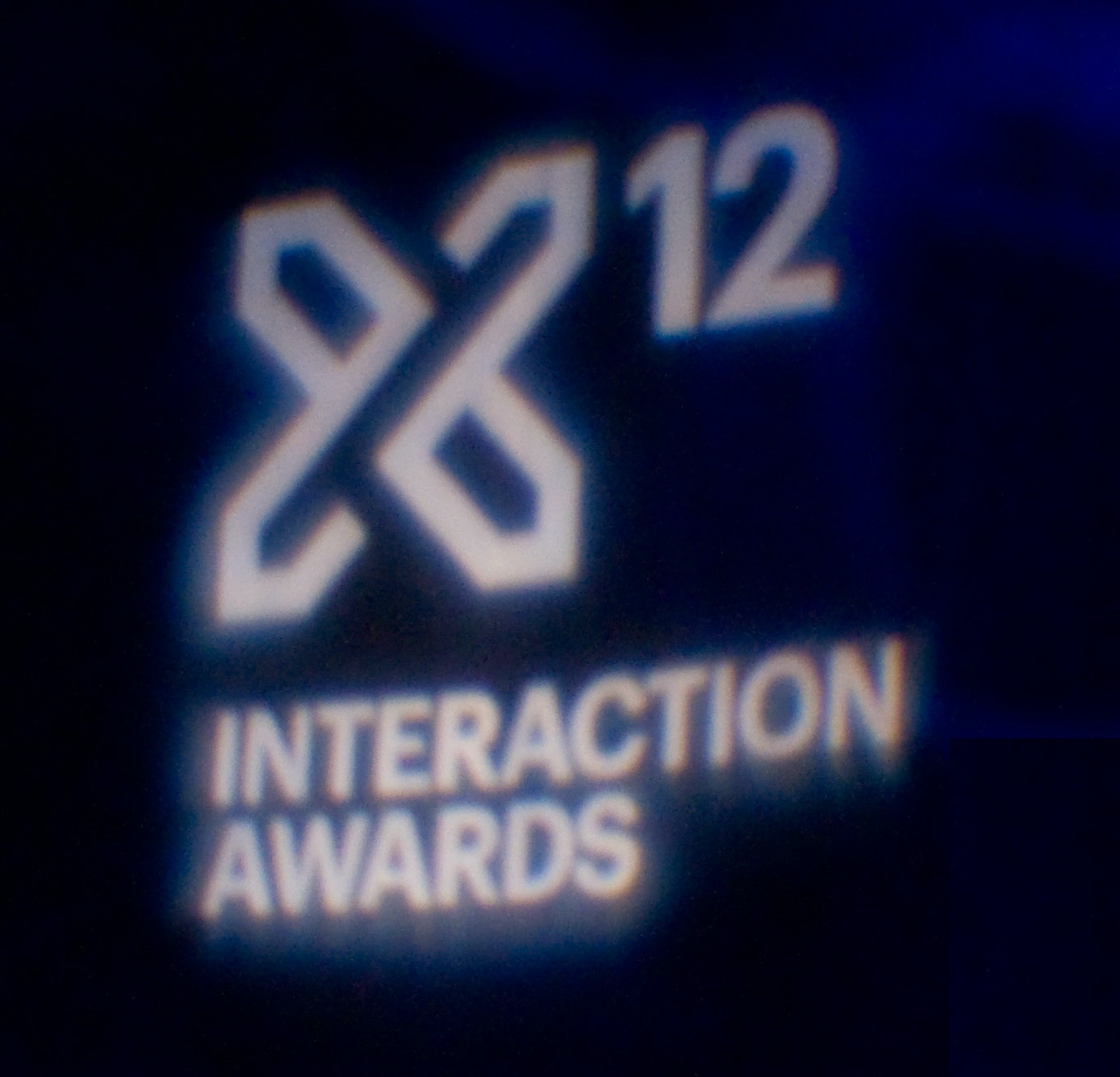
Jennifer BoveProject type
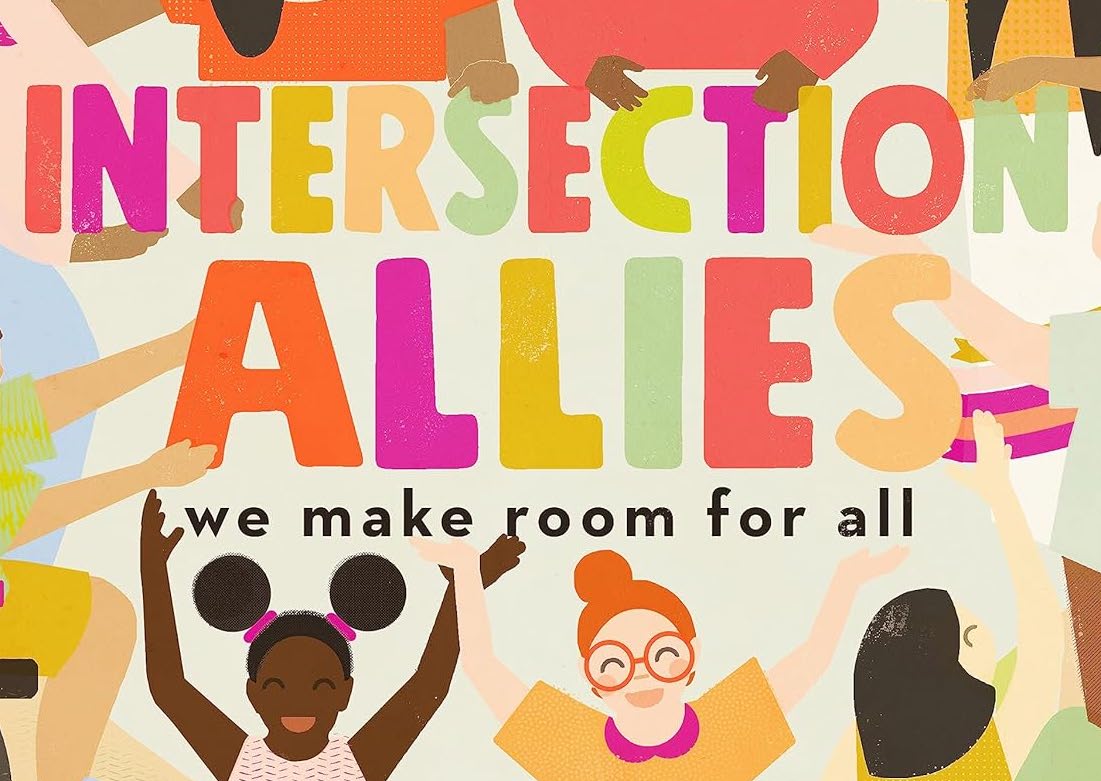
Chelsea JohnsonProject type
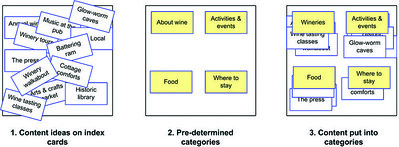
Donna SpencerProject type
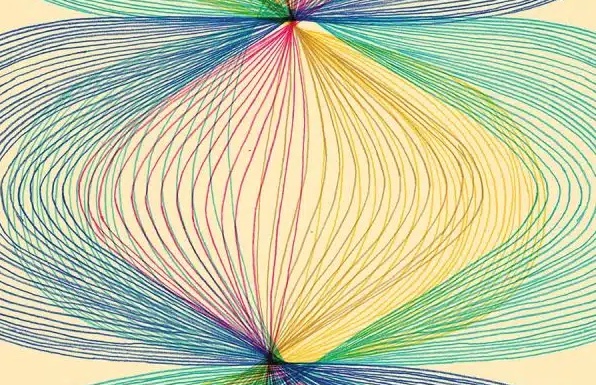
Lisa WelchmanProject type
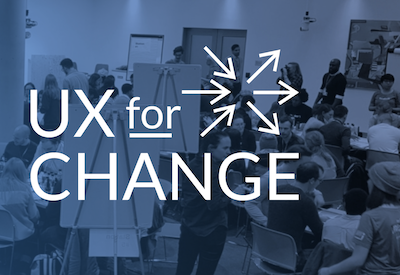
Sandra GonzālesProject type

Amelie LamontProject type

Mitzi OkouProject type

The Failings of the AIGAProject type
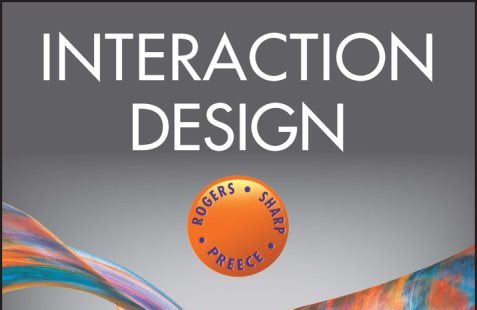
Jenny Preece, Yvonne Rogers, & Helen SharpProject type

Colleen BushellProject type

Aliza Sherman & WebgrrrlsProject type
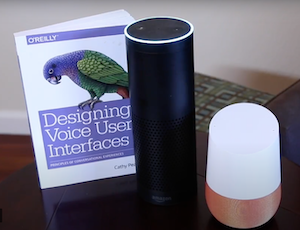
Cathy PearlProject type

Karen HoltzblattProject type
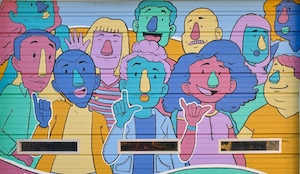
Sabrina DorsainvilProject type
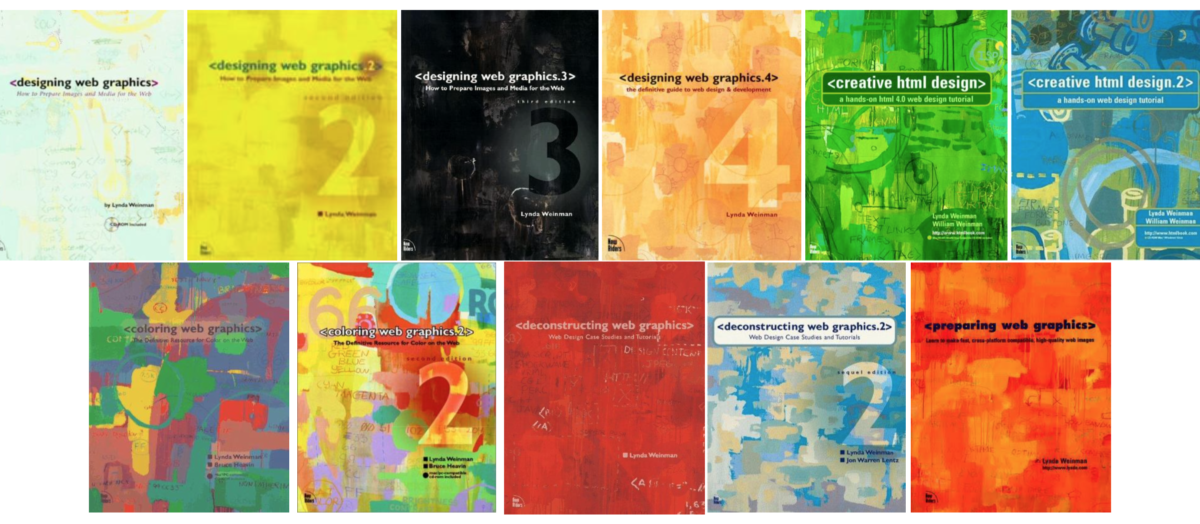
Lynda WeinmanProject type
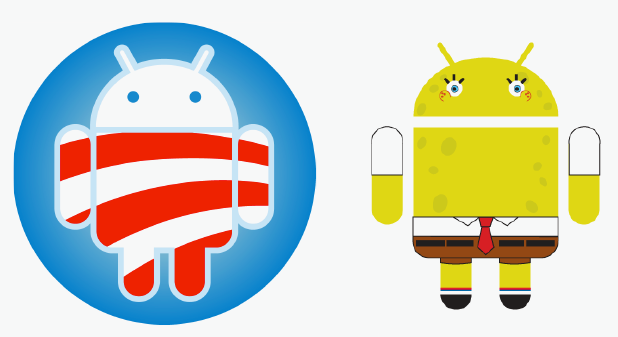
Irina BlokProject type
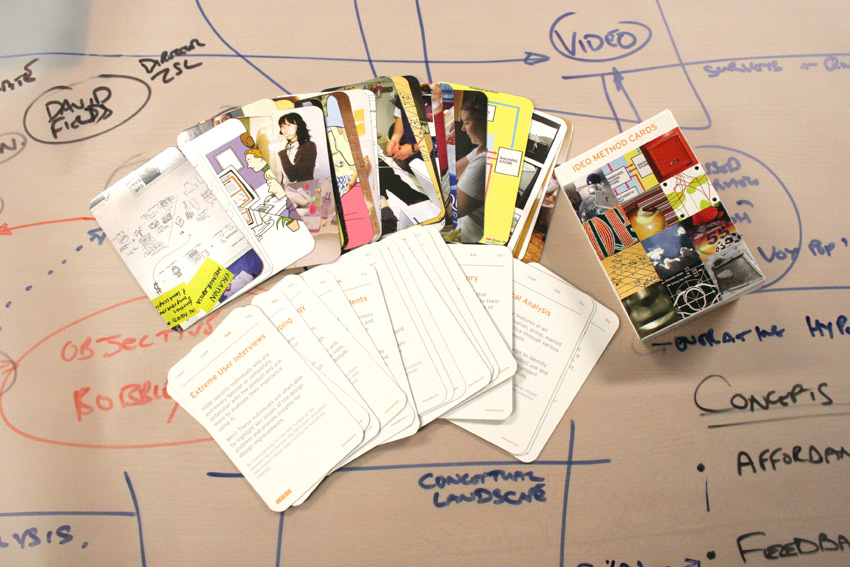
Jane Fulton SuriProject type
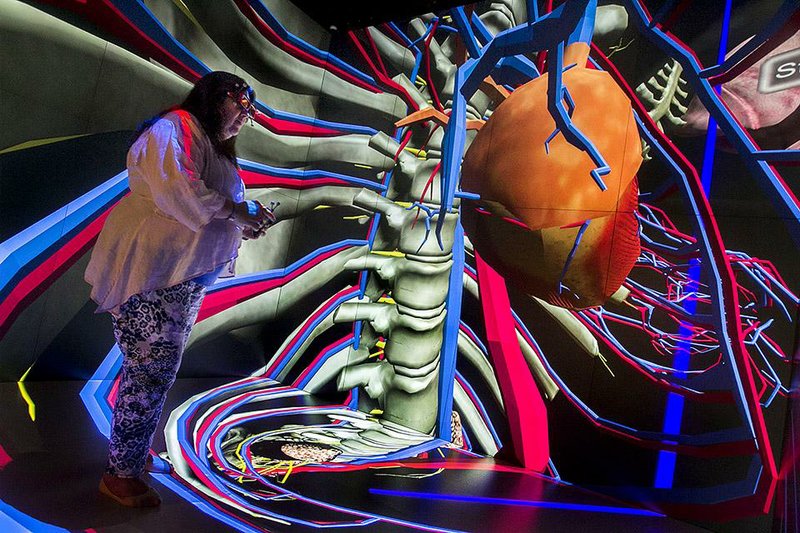
Carolina Cruz-NeiraProject type
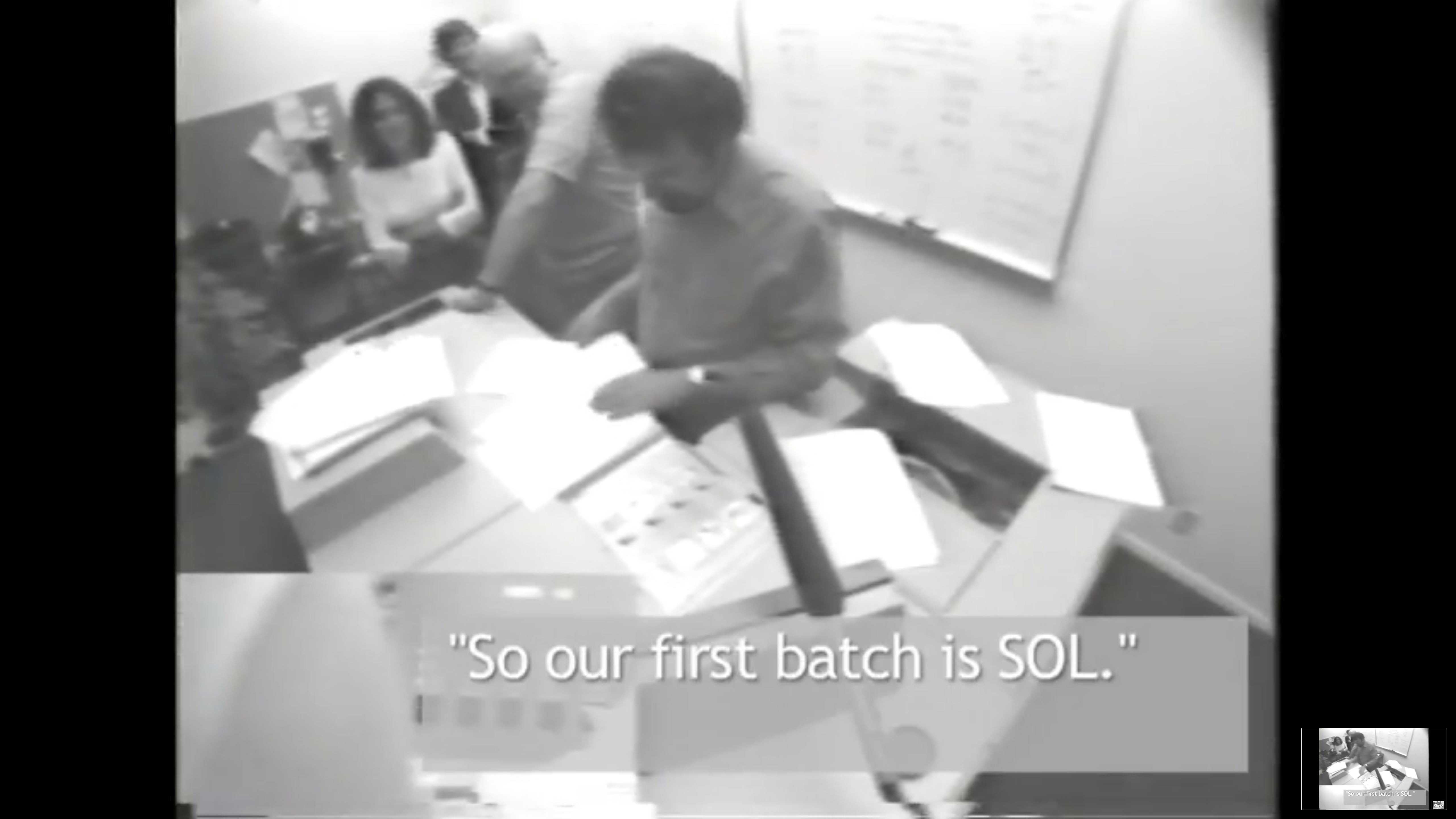
Lucy SuchmanProject type
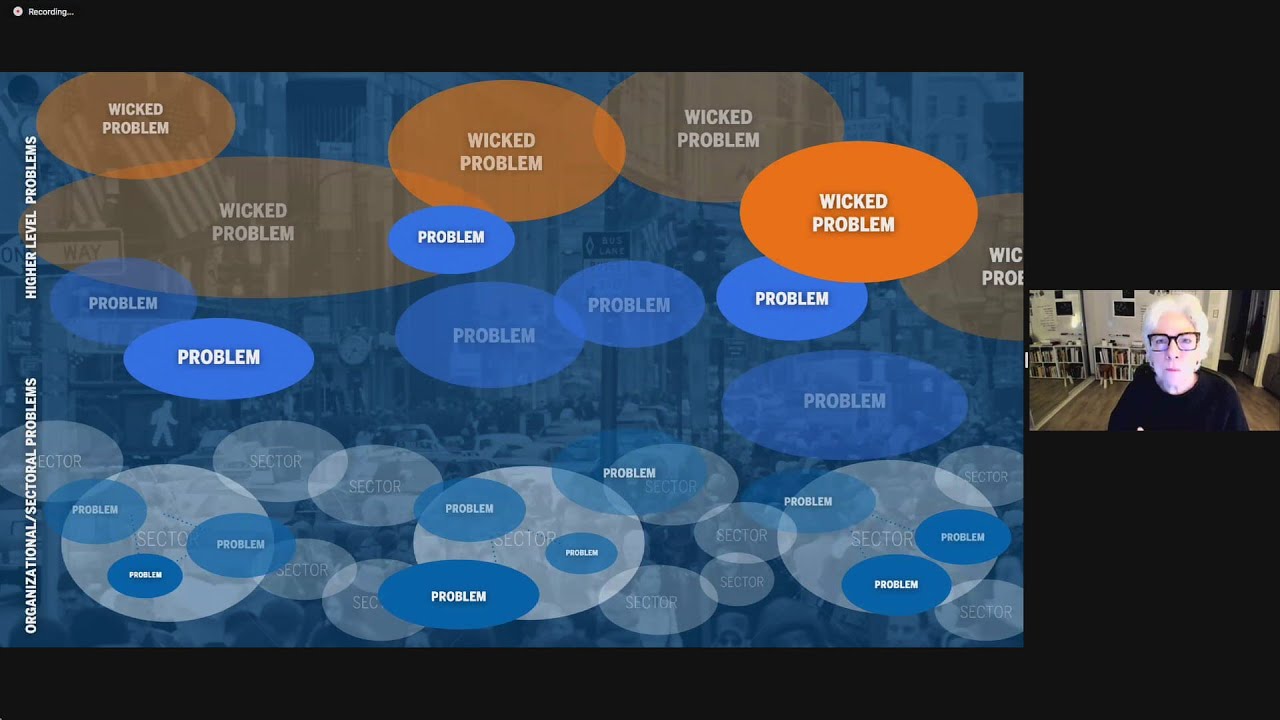
Terry IrwinProject type
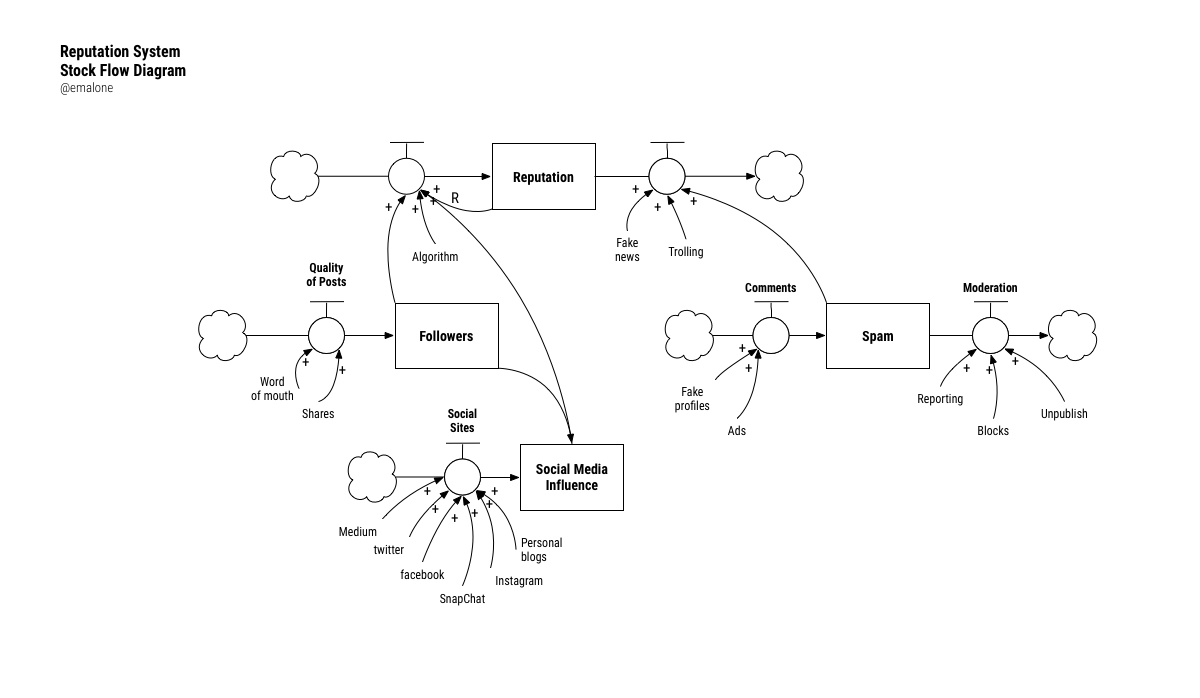
Donella MeadowsProject type
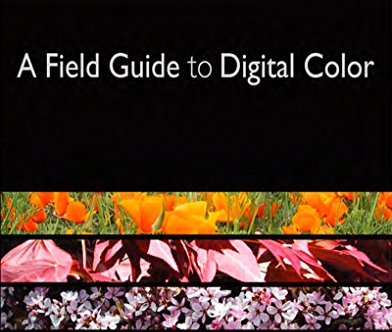
Maureen StoneProject type

Ray EamesProject type
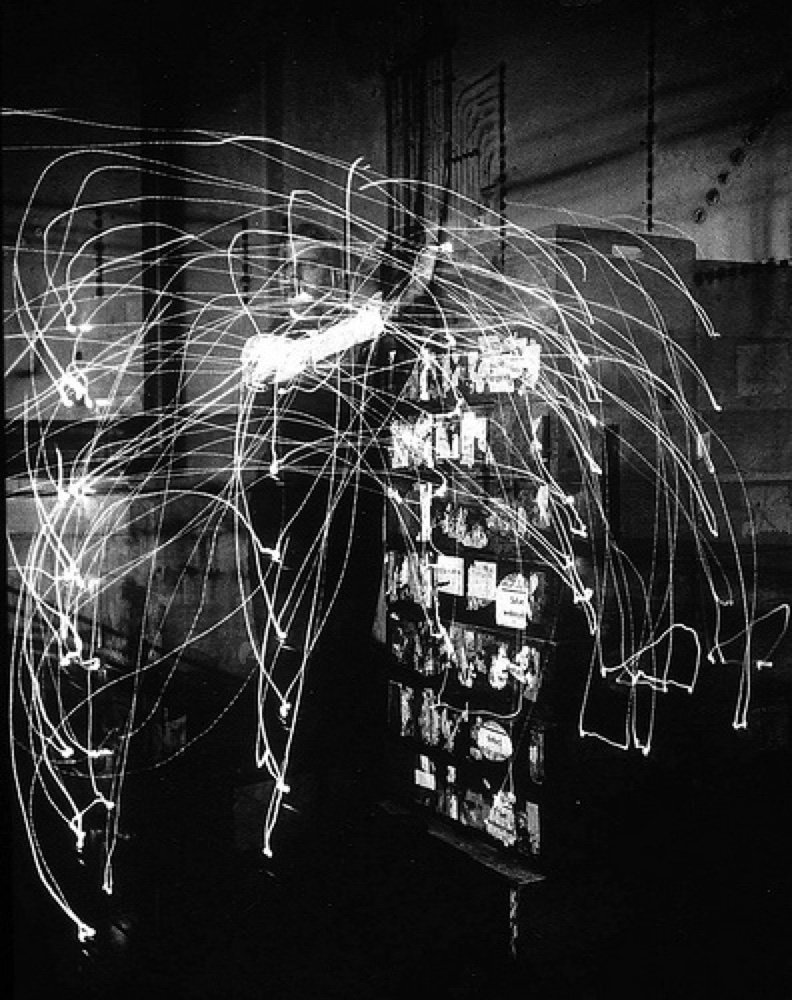
Lillian GilbrethProject type
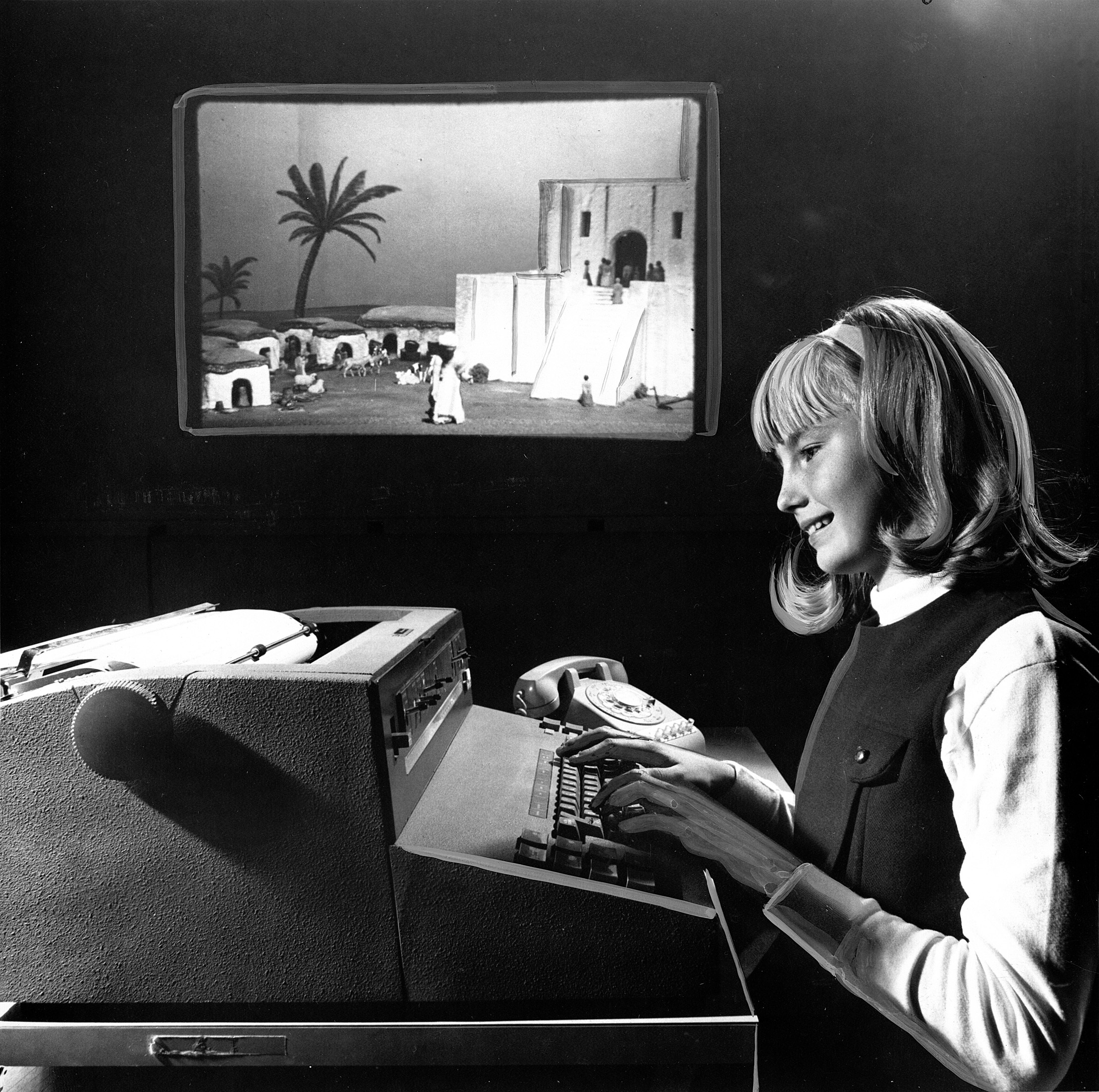
Mabel AddisProject type

Ángela Ruiz RoblesDesigner

